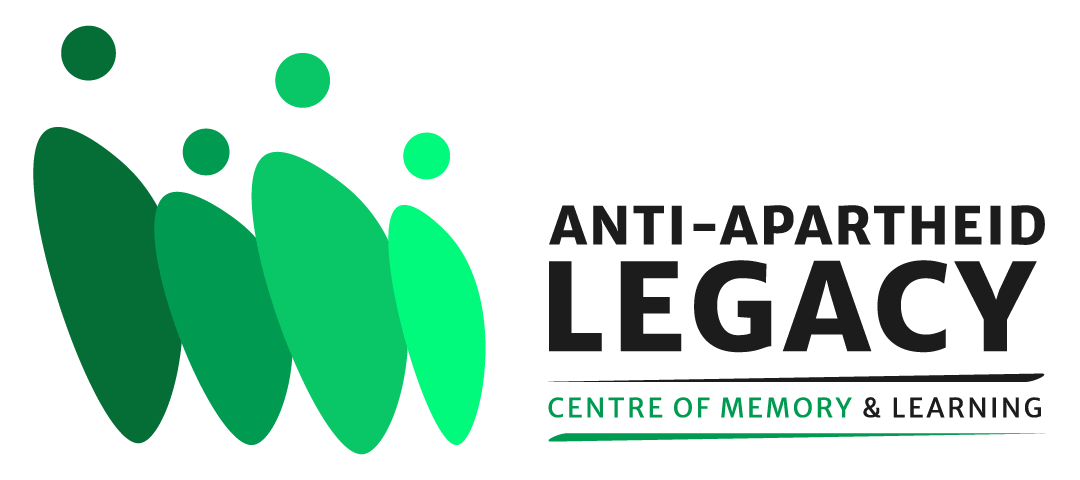A Baby’s Life
Hi, I am Megan Abbott, a 3rd year student studying Illustration and Animation at London Metropolitan University. As a part of my degree, I had to complete a work experience placement for 2 weeks and the university brought forward the chance to work with The Anti- Apartheid Legacy Team for a second time, something I was very excited to do. I previously worked on a life client brief in my second year focusing on creating a zine and poster celebrating 30 years of Democracy in South Africa. Before this, I did not know much about apartheid or the very important history surrounding anti- apartheid. The main thing that has stuck with me, and had a major impact on me is the fact that something so terrible can actually – and did actually – occur. I also found it shocking to understand that it was so recent, and I feel that this is also important for others to know as well.
My 47-second animation explores the life of a baby after being abandoned in a white area during the apartheid and the effects that the Population Registration Act had on her life. Also exploring how different it could have been without it. It is aimed at people of all ages who do not know much about apartheid and hopefully will inspire people to look further into this history.
When completing research for my work placement, I started looking at multiple different archives and was particularly drawn to a news report about a story of a baby who was found abandoned and left outside a hospital. I found this on the BBC Archive (https://www.bbc.co.uk/videos/cgxqygv23p3o) that is highlighted on Anti-Apartheid Legacy’s website . Under the Population Registration Act, she had to be classified, and police had to gather evidence for her race, and she was identified as Black and, under the apartheid laws, ended up classed as mixed race (in South Africa under apartheid, and still today people of mixed racial heritage are designated ‘Coloured’).
1983: Abandoned baby in apartheid South Africa, BBC Archive
This documentary acted as a major inspiration for my story, as I felt that it has such a powerful message to tell. Her whole life was impacted by the segregation imposed by racial classification under apartheid, and this would have led to limited opportunities due to the inequality that apartheid laws enforced in the country. She would have only been able to use segregated transport and schools, live in certain areas and have to carry a pass if working in ‘white’ areas. She would have had limited, if any access to state provided support compared to those officially allowed in ‘white’ areas by the government.
My animation explores some of the challenges a child would have had to face and the extent of segregation. I wanted to show how unjust apartheid was and how extraordinary these challenges were. The protest scene was also inspired by other stories during apartheid, particularly the stories of many students and children who joined protests against apartheid such as the Soweto Uprising. Which was initially started to fight against the problems surrounding education as children were being forced to learn in Afrikaans, a language imposed on them by the government and not necessarily one that they spoke at home or understood. These childrens’ amazing effort helped end apartheid, sadly however, many were killed. The ending of the animation, however, is on more of a positive note doubling as positivity for the future, referencing how under democracy everyone was given the freedom to vote, leading to Nelson Mandela becoming president. There are also scenes, such as the non-segregated classroom, that show what her life could have/ should have been like if it wasn’t for apartheid.
I chose to keep the background white and black to give it a paper-like feel, but also because I wanted the main focus to be on the characters in the story to emphasise how idiotic the segregation truly was and to focus solely on their narratives and the experiences certain individuals would have had under apartheid. Before settling with this idea, I experimented with lots of different colours first having the idea of starting with blue, orange, and white as these were the colours of the South African flag pre-1994, representing the British and Dutch, before shifting to green, blue, red, yellow, white, and black after 1994 and to emphasise the diverse heritage of the new South Africa. However, I ended up using a mixture of these colours so that each character could stand out on their own. For my main character I consistently used the colour green in her clothing, which represents hope and freedom, to help the viewer follow her journey through the animation. Through these visual choices, I want the audience to come away with a sense of how deeply personal and unjust segregation was, and to feel the enduring importance of hope, freedom, and individuality in the face of systemic oppression.
Thank you for reading and I hope you enjoy my animation.
Written by Megan Abbott (BA, Illustration & Animation), 3rd-year student at London Metropolitan University, April 2025






